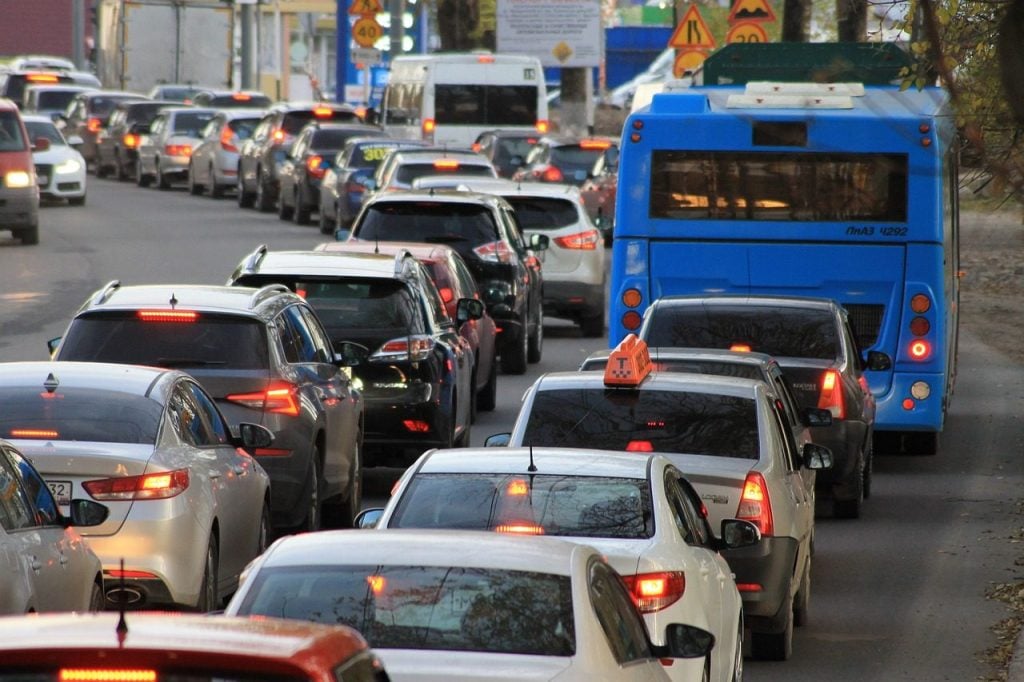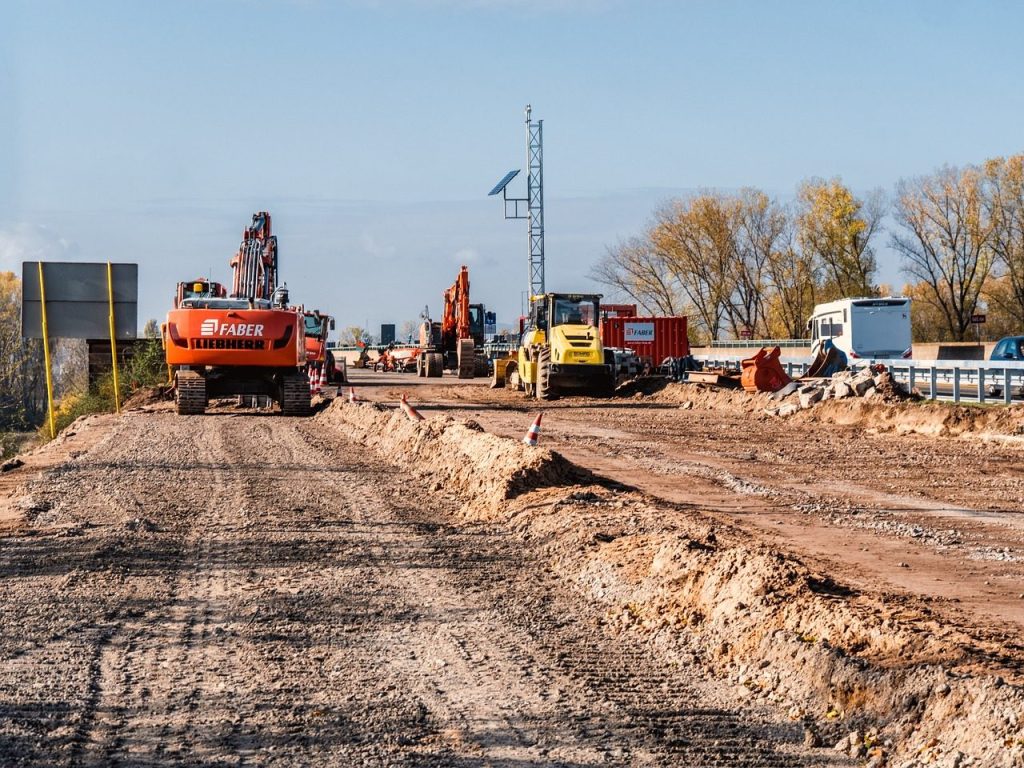BLOGS
Laguna Lakeshore Road Network: In The Know
The construction and upkeep of effective road networks affect transportation systems on a global scale, from massive motorways to intricate webs of urban and country streets.
Road networks are the backbone of contemporary transportation, allowing people to get where they need to go quickly, safely, and with relative ease. To meet the needs of passengers, commodities transit, and emergency services, they are created and embodied by a complex web of interconnecting routes. Let’s take a closer look at the upcoming completion of the Laguna Lake road network project
What is about the Laguna Lakeshore Road Network?
Over the years, there has been a lot of talk about building a highway that will go around Laguna Lake and connect the southern province of Laguna to Metro Manila. There seems to have been a significant change in that area recently.
It was the Department of Public Works and Highways (DPWH) that wanted to make a big deal with the former government and Asian Development Bank (ADB) to pay for the first step of building the Laguna Lakeshore Road Network (LLRN) project.

They recently announced that the new Laguna Lakeshore Road Network (LLRN) Project’s detailed engineering design (DED) will start in December. In Phase 1 of the LLRN Project, a two-lane 37.6 km road will be built from Calamba, Laguna, to Bicutan. This road will have two lanes.
From Lower Bicutan to Muntinlupa, a bridge goes for 11.8 km; from Muntinlupa to Calamba, there is an onshore viaduct and embankment that goes for 25.8 km. There will be eight interchanges: Sucat, Alabang, Tunasan, San Pedro/Bian, Santa Rosa, Cabuyao, and Calamba City.
The Department of Public Works and Highways (DPWH) says that the project will add one lane in each direction from Sucat to Santa Rosa and a cycle track, expressway and promenade from Tunasan to San Pedro.
This DED deal worth P135.485 million will be done from December 2021 to February 2023.
Project’s Effectiveness in the Improvement of Road Travel
The expected effects and benefits of the project solve transportation problems on the existing road, boost economic growth in the project area and nearby provinces, and help the area reach its development goals. It will also make it safer, easier, and faster for drivers from the north and south of the project area to get to tourist and business spots in Laguna, Rizal, Quezon, and Batangas.
As one of the main things that will drive economic growth in the future, this infrastructure will allow the LLRN (Philippines: Laguna Lakeshore Road Network Project) to react to projected population growth by increasing Manila’s network capacity and making it easier for people to move around the city. Because Manila’s population is growing quickly, more development is being pushed to the edges of the city.
As cities grow and spread out, the space between business housing and the city gets bigger. This makes transportation infrastructure more important. One of the biggest challenges will be making sure that this fast-growing population can get to work.
Adding more transportation capacity to support this growth will be important for economic growth and social and environmental well-being. The LLRN project is thought to be a key part of meeting these goals:
Enhanced Connectivity: Road networks connect cities, towns, and rural areas, bridging geographical distances. By providing access to various destinations, for example, these networks facilitate efficient movement and enable individuals to explore new horizons. They foster economic growth by linking businesses, industries, and markets, enabling the smooth flow of goods and services.

Reduced Congestion: Well-planned road networks alleviate congestion, a perennial challenge in bustling urban centers. By providing multiple lanes, strategic intersections, and alternative routes, road networks distribute traffic more evenly and minimize bottlenecks. This not only reduces travel times but also enhances fuel efficiency, curbs emissions, and enhances air quality.
Improved Safety: Road networks are designed with safety in mind. Clear signage, road markings, and proper lighting help motorists navigate routes effectively, minimizing the risk of accidents. Separation of opposing traffic flows, installation of guardrails, and implementation of traffic regulations contribute to creating a secure environment for commuters.
Efficient Transport Networks: Road networks are seamlessly integrated into larger transport systems, complementing other modes of transportation such as railways, airports, and ports. Intermodal connectivity enables the smooth transition between different modes of transport, facilitating seamless door-to-door journeys for both passengers and goods.
Accessibility and Inclusivity: A well-developed road network ensures accessibility for all, regardless of geographical location or mobility constraints. It enables individuals to access essential services, educational institutions, healthcare facilities, and recreational areas. Furthermore, road networks cater to diverse modes of transportation, including private vehicles, public buses cars, bicycles, and pedestrians, promoting inclusivity.
Economic Development: Road networks are catalysts for economic development. They facilitate the efficient movement of goods and services, connecting businesses to suppliers and customers. Improved access to markets stimulates trade, investment, and job creation, contributing to the overall prosperity of regions and nations.
In 2017, the government released the Public Utility Vehicle Modernization Program to make road-based public transportation more efficient. It also started building bus terminals, like the proposed Paranaque Integrated Terminal Exchange, to make bus operations more efficient and easy.
But because the roads between NCR and Laguna Province are in bad shape and the South Luzon Expressway and the Manila South road are very busy, promoting public transportation alone can’t meet the heavy traffic needs in the area. Along with improving public transportation, the area needs a better road network to solve its transportation problems, such as reducing traffic congestion.
Laguna Lake Road Network Project’s detailed engineering design is now 85.1% Complete
As of March 2023, the DPWH and the Asian Development Bank just finished a “three-day reconnaissance mission workshop” to “plan, support and evaluate the way forward.” The office also said that the project’s detailed engineering design (DED), which was constructed more than a year ago, is now 85.1% finished.

With an eye toward the future of transportation, sustainable techniques, and cutting-edge technology are being incorporated into developing new road systems. The future road networks are being shaped by data-driven planning, eco-friendly infrastructure solutions, and intelligent transportation technologies, all of which will improve drivers’ experiences.
Road networks are the lifeblood system that keeps us connected and mobile, whether traversing the country or just getting to work in a busy city. With careful planning, regular upkeep, and creative fixes, road networks make travel easier, safer, and more pleasurable for everyone.
Consequently, the construction of roads and the value of real estate properties are intertwined in a mutually beneficial connection—the construction, operation and maintenance of road networks all significantly impact value, accessibility, and potential for growth.
In fact, Brittany Sta. Rosa, in the center of Laguna, is a gateway to a world in search of novel prospects. This is an exciting new place for families to settle down and mature while enjoying the company of one another and the close-up wonders of nature. Sta. Rosa is Laguna’s business and educational center, and this area offers three new projects with high-end homes and lots, as well as prestigious schools.
Santa Rosa’s development has been sped up by recent large-scale initiatives, making the city an attractive option for homebuyers seeking suburban communities with abundant natural amenities. Living in a luxury neighborhood is an excellent option for those who wish to have access to the finer things in life on a regular basis. Luxury neighborhoods will remain popular for the foreseeable future for a number of reasons.
Brittany Santa Rosa is a prime example of a luxury community that provides its residents with a number of perks. Such a setting offers residents a way of life that is difficult, if not impossible, to replicate in other locations.
Suggested Read: Philippine Highway Network: Everything You Need To Know
Suggested Read: 5 Questions To Build Relationships When Networking
Suggested Read: Strategies And Ways To Find Buyers For Your Listings
Suggested Read: The Community At Georgia Club Sta. Rosa
Suggested Read: Top Restaurants Near Crosswinds Tagaytay















